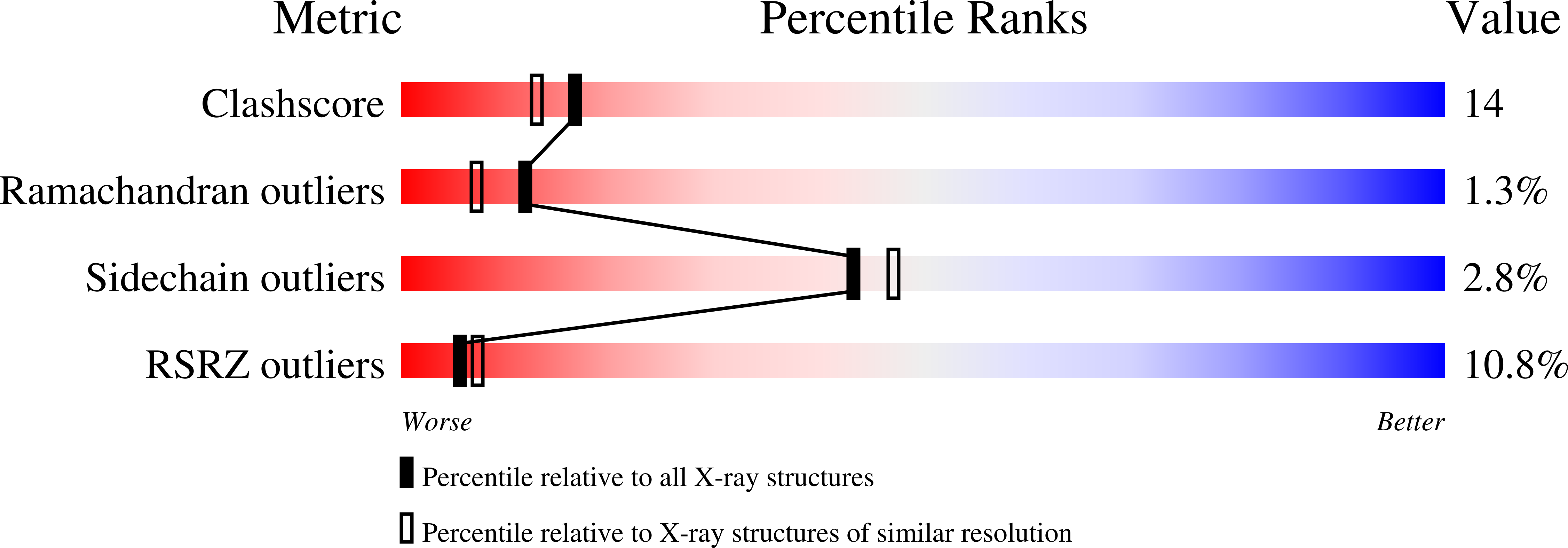
Deposition Date
2003-07-11
Release Date
2004-06-01
Last Version Date
2024-02-14
Entry Detail
PDB ID:
1PZL
Keywords:
Title:
Crystal structure of HNF4a LBD in complex with the ligand and the coactivator SRC-1 peptide
Biological Source:
Source Organism:
Homo sapiens (Taxon ID: 9606)
Host Organism:
Method Details:
Experimental Method:
Resolution:
2.10 Å
R-Value Free:
0.26
R-Value Work:
0.22
R-Value Observed:
0.22
Space Group:
P 41 21 2


